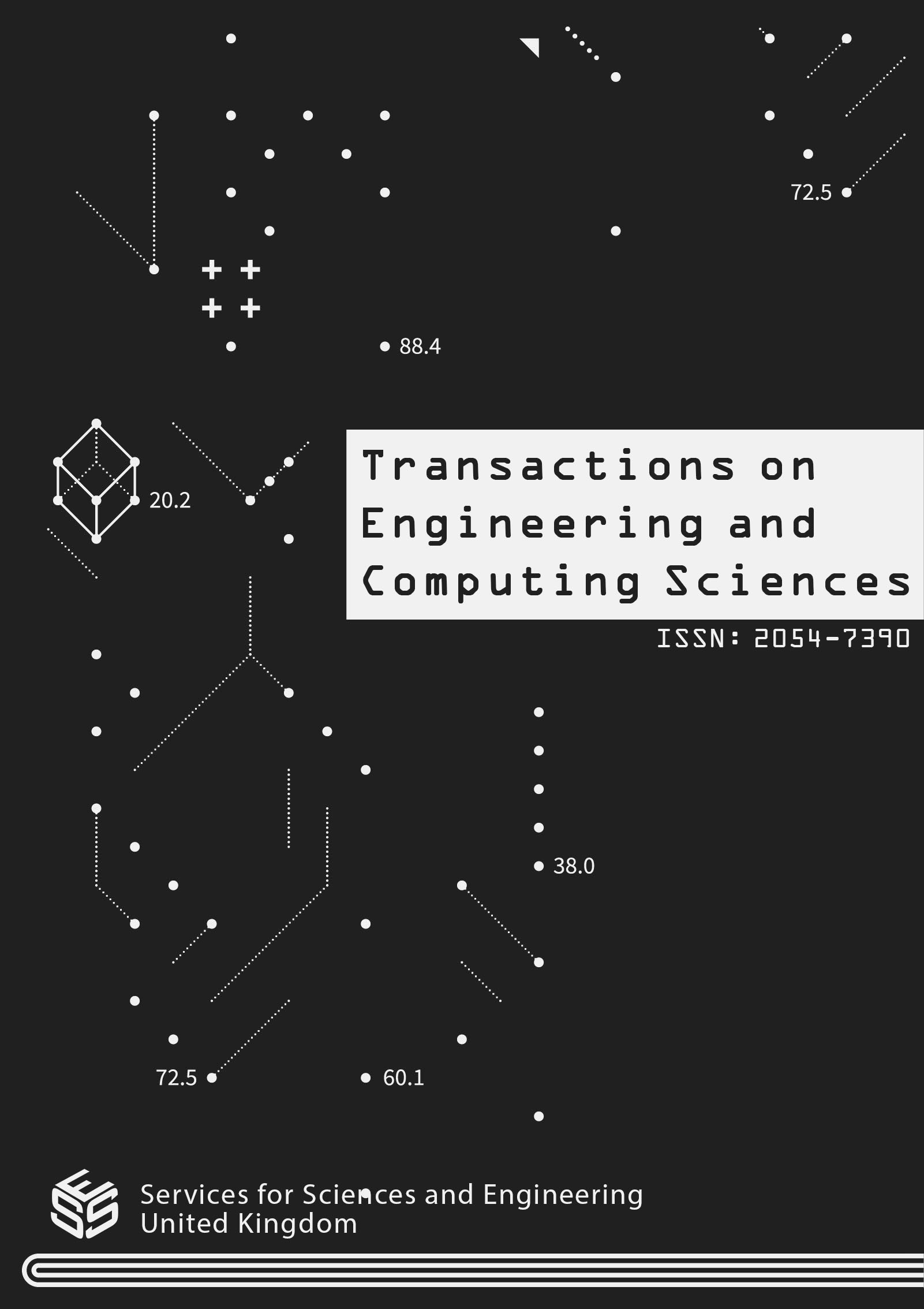Deep Learning Techniques for a Comprehensive Analysis of Fetal Biometric Parameters Across Trimesters
DOI:
https://doi.org/10.14738/tecs.123.16985Keywords:
Anomaly detection, Abdominal circumference, Biparietal diameter, Deep learning techniques, Femur length, Head circumference, Machine Learning, MobileNet, Segmentation accuracy, Transfer learning, Ultrasound Fetal Images, XceptionNetAbstract
The process of creating fetal images from the uterus using sound influence is known as fetal ultrasound imaging. During this scan, measurements such as the gestational sac, biparietal diameter, head circumference, abdominal circumference, and femur length can be taken from the mother, which are further analyzed by the radiologist or gynecologist. These factors allow us to quickly test for anomalies and monitor the fetal growth and development of a baby. This paper delves into the techniques utilized in previous studies for analyzing abnormalities from ultrasound images using machine learning and deep learning techniques. Specifically, we focus on two trimesters and three key fetal parameters: Head Circumference (HC), Abdominal Circumference (AC), and Femur Length (FL). Our proposed method, the Unet segmentation method, not only performs segmentation but also predicts the parameters. We employ various transfer learning techniques for classification. The experiment involves 1,313 medical fetal images, comprising 563 from the second trimester and 750 from the third trimester. In terms of segmentation accuracy, the results for the second trimester's biometric parameters are as follows: AC = 69.09%, FL = 92.02%, and HC = 69.43%. For the third trimester, the accuracy for FL is 90.04%, and for HC, it is 69.76%. Regarding classification methods, MobileNet and XceptionNet yield comparable results. For the second trimester, MobileNet achieves 99.28%, and XceptionNet achieves 99.82%. For the third trimester, both MobileNet and XceptionNet achieve 99.86%.
Downloads
Published
How to Cite
Issue
Section
License
Copyright (c) 2024 Shivanand Gornale, Priyanka Kamat, Rashmi Siddalingappa, Sathish Kumar

This work is licensed under a Creative Commons Attribution 4.0 International License.






